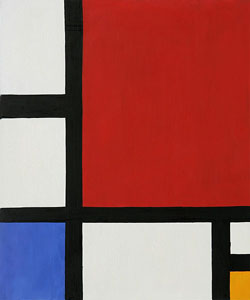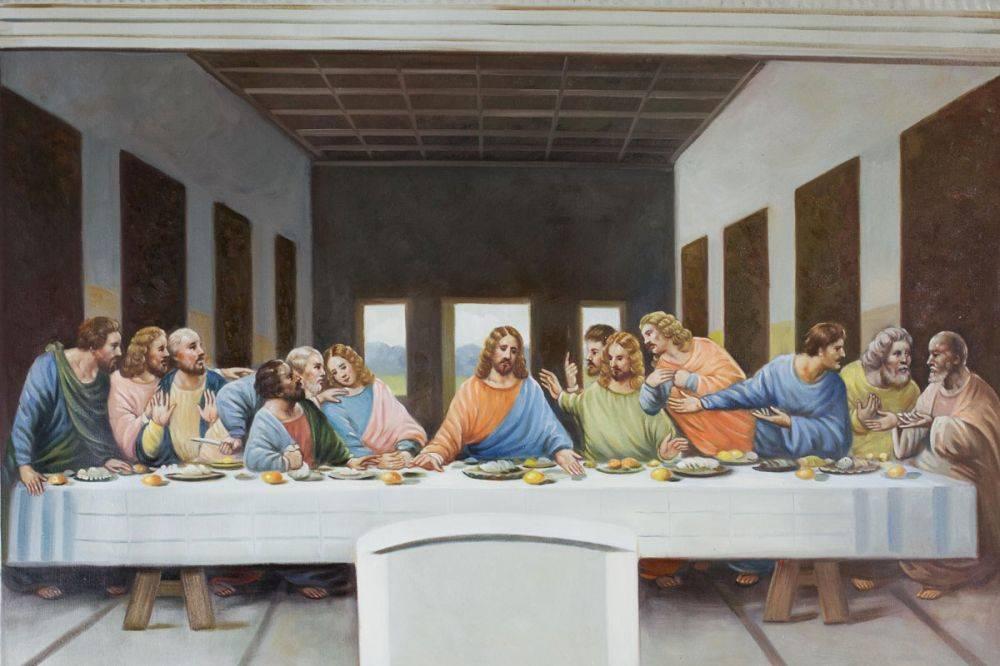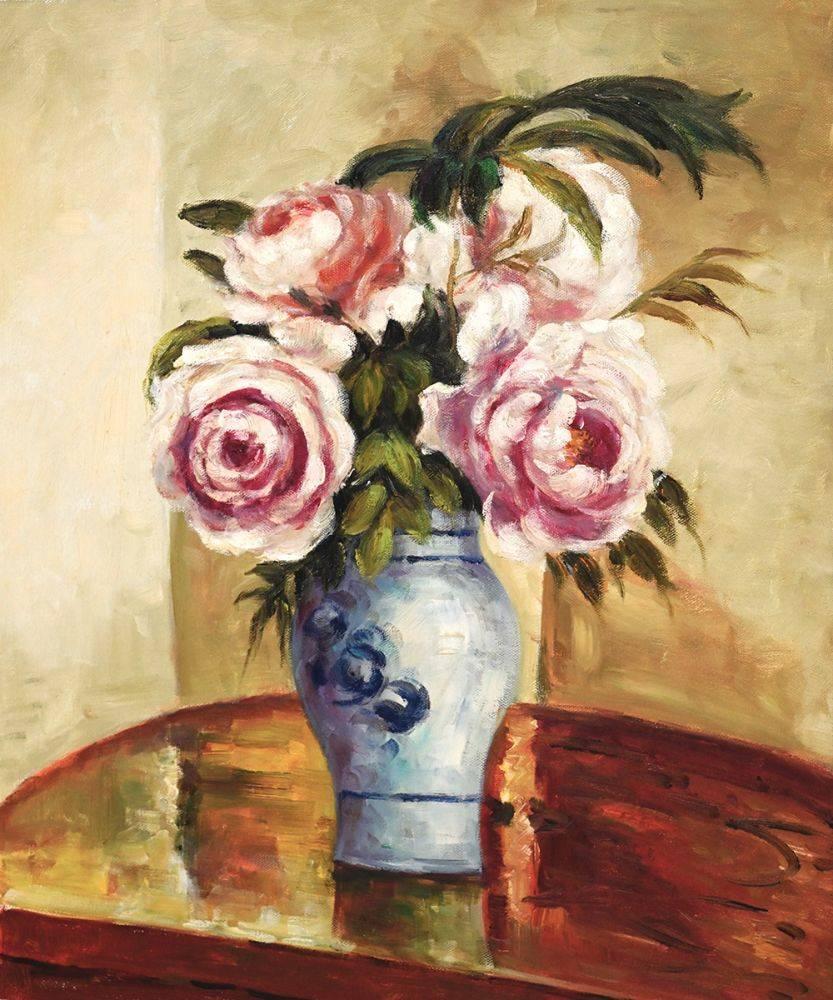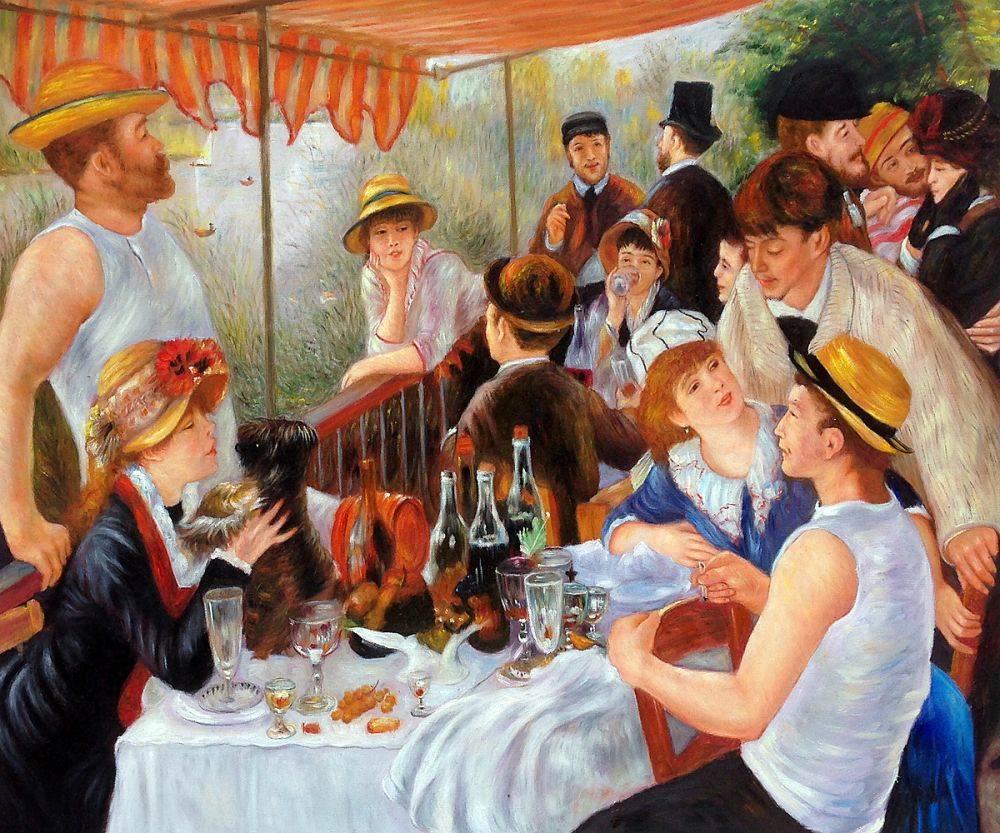Art
Piet Mondrian’s Journey into Modern Art Infamy
 During the 20th century many different art forms and movements came to life. The Dutch painter, Piet Mondrian (1872-1944) was a pioneer in the development of abstraction one of the most important art movement of the times. His works from the early 20th century brought with them a new wave of thought and a surge towards the development of Modern Art as we know it.
During the 20th century many different art forms and movements came to life. The Dutch painter, Piet Mondrian (1872-1944) was a pioneer in the development of abstraction one of the most important art movement of the times. His works from the early 20th century brought with them a new wave of thought and a surge towards the development of Modern Art as we know it.
Mondrian painted over 250 abstract compositions, as he liked to call it, over the course of 25 years from 1917 to 1944. Each painting was created and re-created, towards an equilibrium of form, color, and surface.
Mondrian called his style “neoplasticism,” which also means “new form” in Dutch. The style was based, he explained, “on an absolute harmony of straight lines and pure colors underlying the visible world.”
Mondrian believed that the rhythms of urban life – were the reoccurring theme for the neoplastic genera. He embraced urban life spending time in Paris (1919-1938), London (1938-1940) and New York (1940-1944), searching each metropolis for clues that would lead him towards the harmony he rejoiced through his paintings.
“I felt that only the Cubists had discovered the right path.”
In 1911, Mondrian was exposed for the first time to Cubism. He was enthralled by this new art form. The Cubism works of Picasso and Brauque were the catalyst that ignited the passion of abstraction in Mondrian’s heart and led him to Paris.
 Slowly, Mondrian began challenging the new art form, “Gradually I became aware that Cubism did not accept the logical consequences of its own discoveries.” Mondrian went back to Holland during World War I where he formed a group and began to publish a magazine called De Stijl (The Style). His art became the guiding force of a movement, a movement that was committed to purifying modern art and bringing it into a wide range of disciplines from architecture to furniture design.
Slowly, Mondrian began challenging the new art form, “Gradually I became aware that Cubism did not accept the logical consequences of its own discoveries.” Mondrian went back to Holland during World War I where he formed a group and began to publish a magazine called De Stijl (The Style). His art became the guiding force of a movement, a movement that was committed to purifying modern art and bringing it into a wide range of disciplines from architecture to furniture design.
In 1918-1919, Mondrian adopted the style he is most noted for today, Neoplaticism, in which pure primary colors and black lines came together in a unity that was neither random nor systematic but intuitive.
In Mondrian’s world, space is no longer a background for depicted objects; instead, the entire painting is an object of its own. Mondrian painted on a tabletop, not an easel, and built his own frames out of narrow strips of wood set back slightly from the canvas surface “to bring the painting forward from the frame… to a more real existence,” as he put it.
As World War II was approaching Mondrian fled Europe and landed in New York City in 1940. For his New York Début in 1942, he re-painted eleven paintings to give them “more boogie-woogie,” as he called it. These paintings known as the boogie-woogie are his most popular work to this day.
Mondrian, then a 70-year-old painter worked hard to try and break the mold of the New York art scene. This quest to unite color and linear lines absorbed all of Mondrian’s power as he worked to break the long colored lines of New York City into a dazzling mosaic of colored blocks.
Mondrian died in 1944, the deceptive simplicity of his work come after a long journey of experimentation with many different styles and movements. His unique Neoplastic style continues to inspire the art, fashion, advertising and design worlds.



